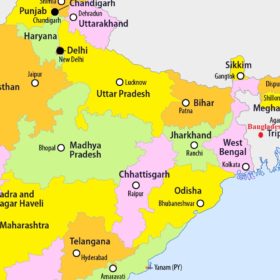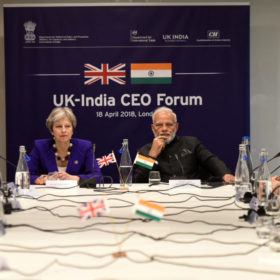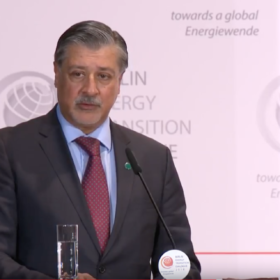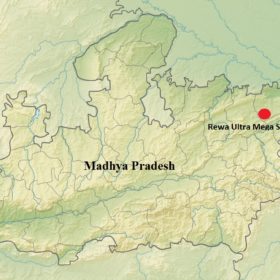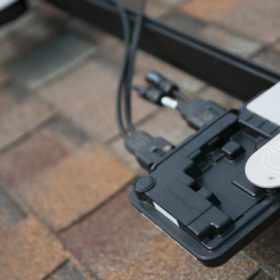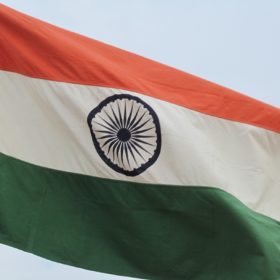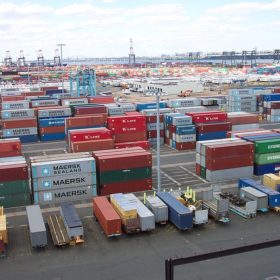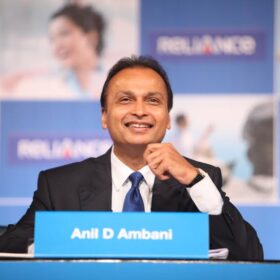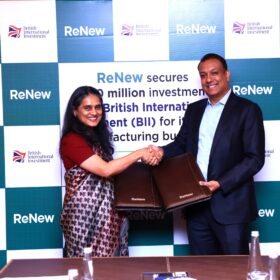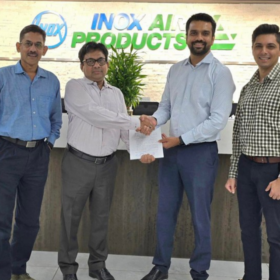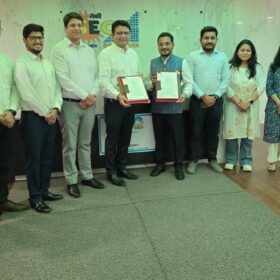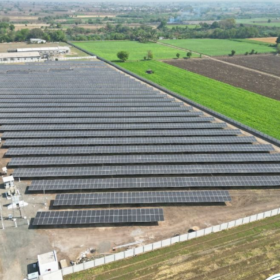Indian government mandates stringent quality controls for solar equipment
In a much-awaited move, India’s Ministry of New and Renewable Energy (MNRE) has mandated that, effective April 16, 2018, all solar PV manufacturers will have to register their equipment with the Bureau of Indian Standards (BIS).
Bangladesh to buy 2 GW of solar power from India
Bangladesh will buy at least 2 GW of solar power from India, which will be mostly produced from large PV power projects in the states of Gujarat and Rajasthan, according to reports.
UK, India strengthen solar ties with new commitments
The governments of the U.K. and India have announced a new green fund, managed by Lightsource BP and the Everstone Group, which will see up to £500 million invested in green energy in India. The U.K. has also joined the Indian-led International Solar Alliance (ISA).
IRENA: Renewables can account for up to two-thirds of total energy use, and 85% of power generation by 2050
In the latest edition of its long-term renewable energy outlook, the International Renewable Energy Agency (IRENA) calls for at least six-fold deployment of renewables by 2050, compared to the levels set out in current plans. Investment in low-carbon technologies needs to increase by around 30% to $120 trillion to enable the energy transition and avoid escalating stranded assets, the report finds.
Current solar duties issues – a historical blunder that occurred in 1995
Jayant Parimal, Adani Green Energy Ltd CEO, speaks to pv magazine about the recent trade conflicts India is suffering. He talked about the background of the duties, why it all became so complicated and its impacts on installation growth and manufacturing sector.
Madhya Pradesh suffered from bumpy roads in its solar journey
For two separate projects, Madhya Pradesh state is witnessing delaying and associated losses. In one, ReNew Power has been slapped with $1.68 million fine for delays to a 51 MW PV project, and in another case, BHEL’s proposed 10 MW solar plant obstructed by state government.
Enphase Energy announces IQ Microinverters across India
The U.S. headquartered inverter company has mentioned that the new Enphase IQ microinverter enables faster installation and reduce maintenance costs for installers. Moreover, new technology will produce 18% more power and will be 31% lighter and 15% smaller than the current M-Series microinverters.
ReNew Power looks for $900 million initial public offerings
ReNew Power Ventures Pvt Ltd has expected to raise $800-900 million through the IPO, which it is planning to file in the coming two weeks. The renewable company has asked nine investment banks to manage the IPO.
Government initiates anti-dumping investigation for the imports of EVA film for PV modules
RenewSys India has filed an application before the Directorate General of Anti-Dumping & Allied Duties for the imposition of anti-dumping duty on imports of ‘Ethylene Vinyl Acetate (EVA) Sheet for Solar Module’ from China PR, Malaysia, Saudi Arabia, South Korea, and Thailand.
Solar modules with bypass diodes will be classified under 8541, hence no custom duty
Central Board of Indirect Taxes and Customs have issued a clarification regarding solar module equipped with bypass and blocking diodes. Market analysts assert that this step will increase PV installation in the second half of 2018.
